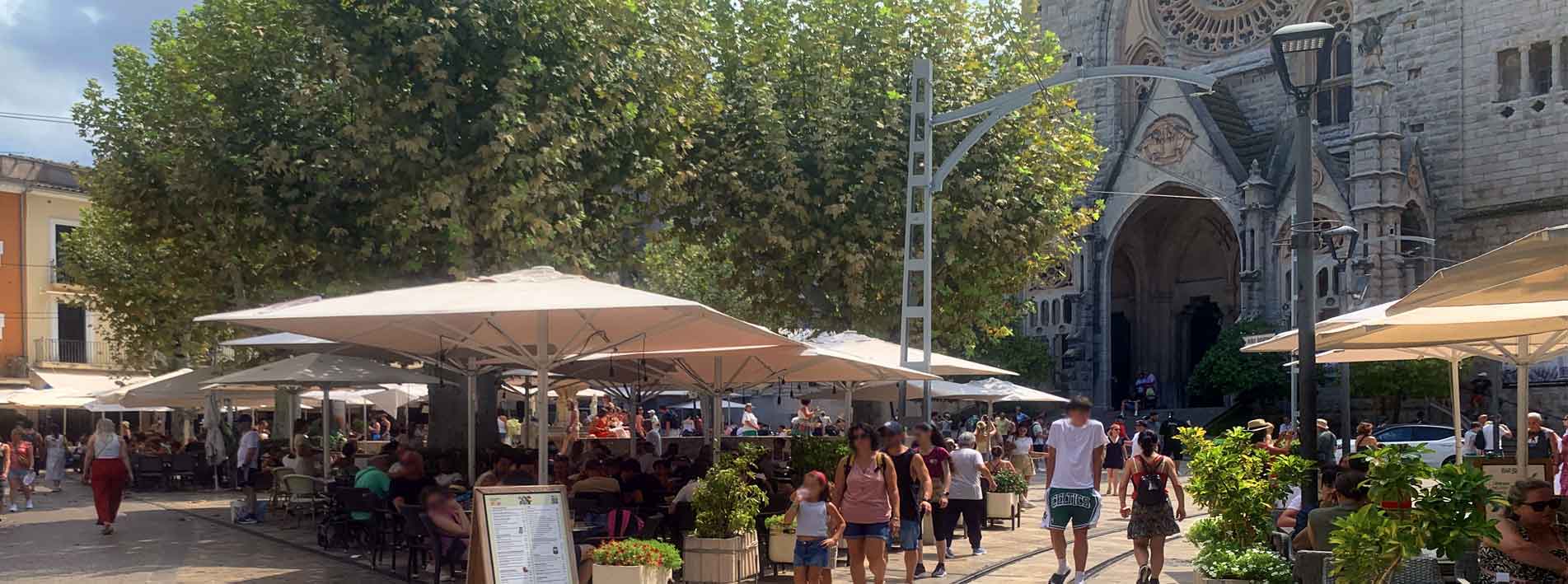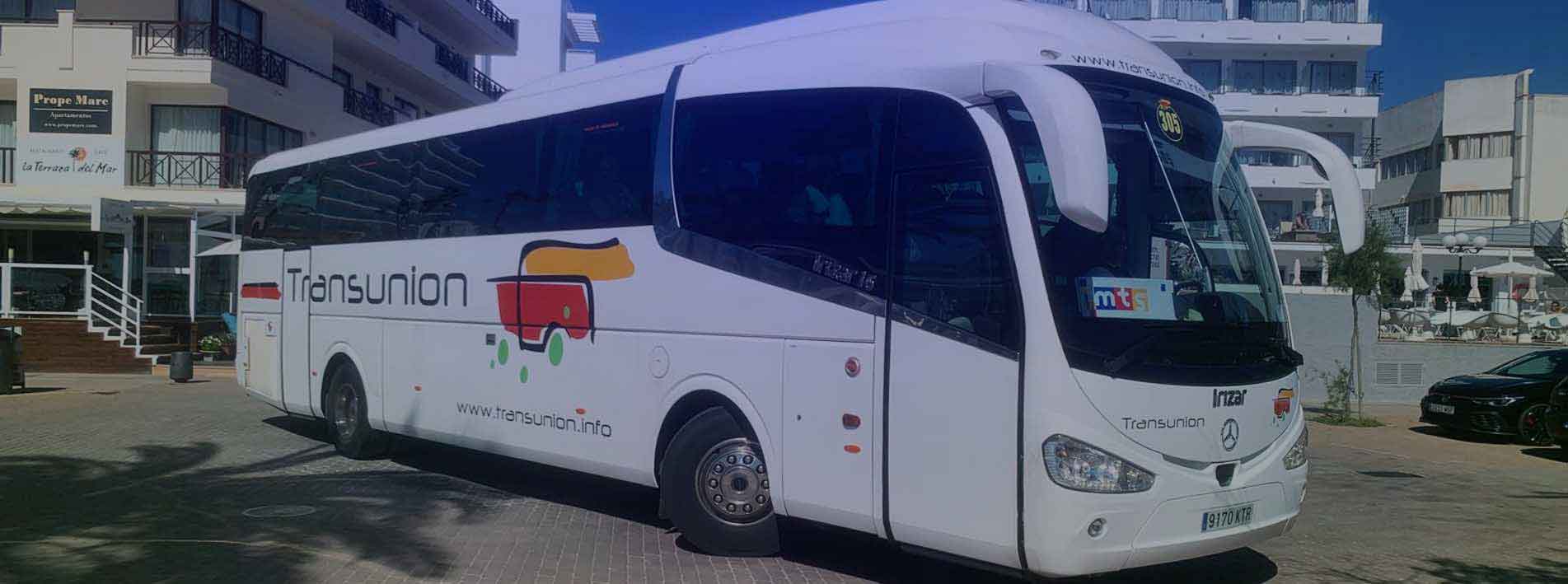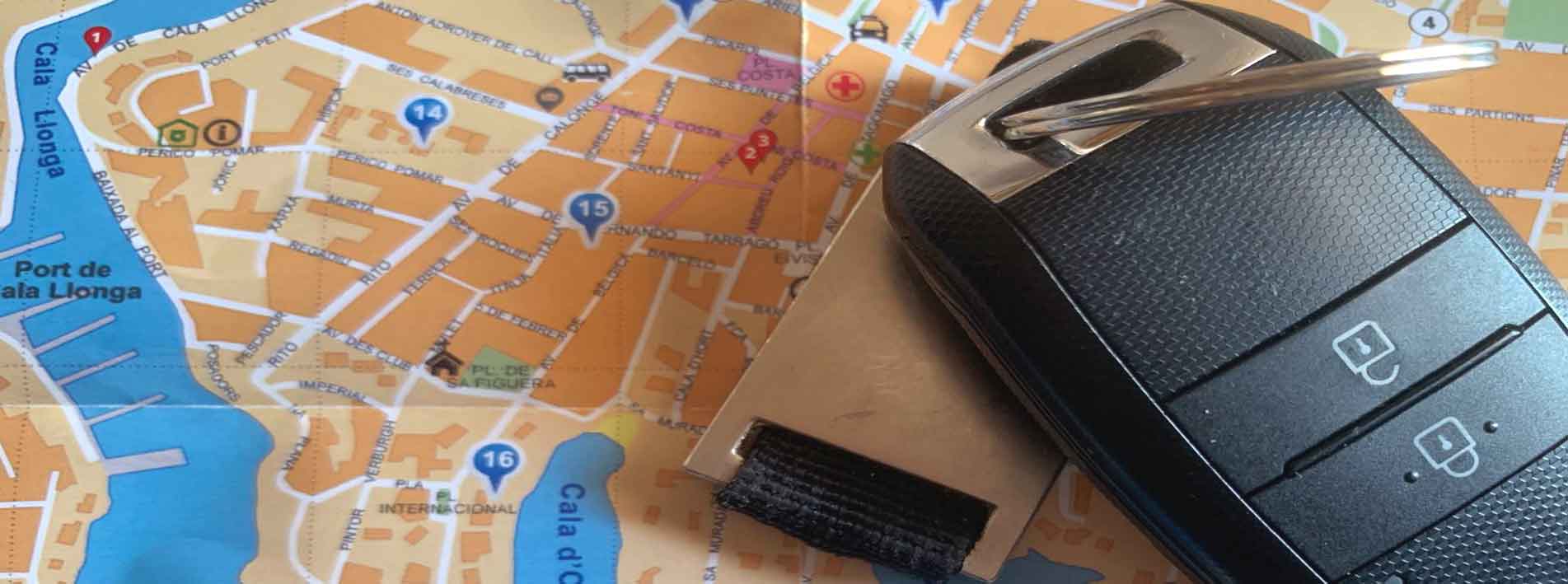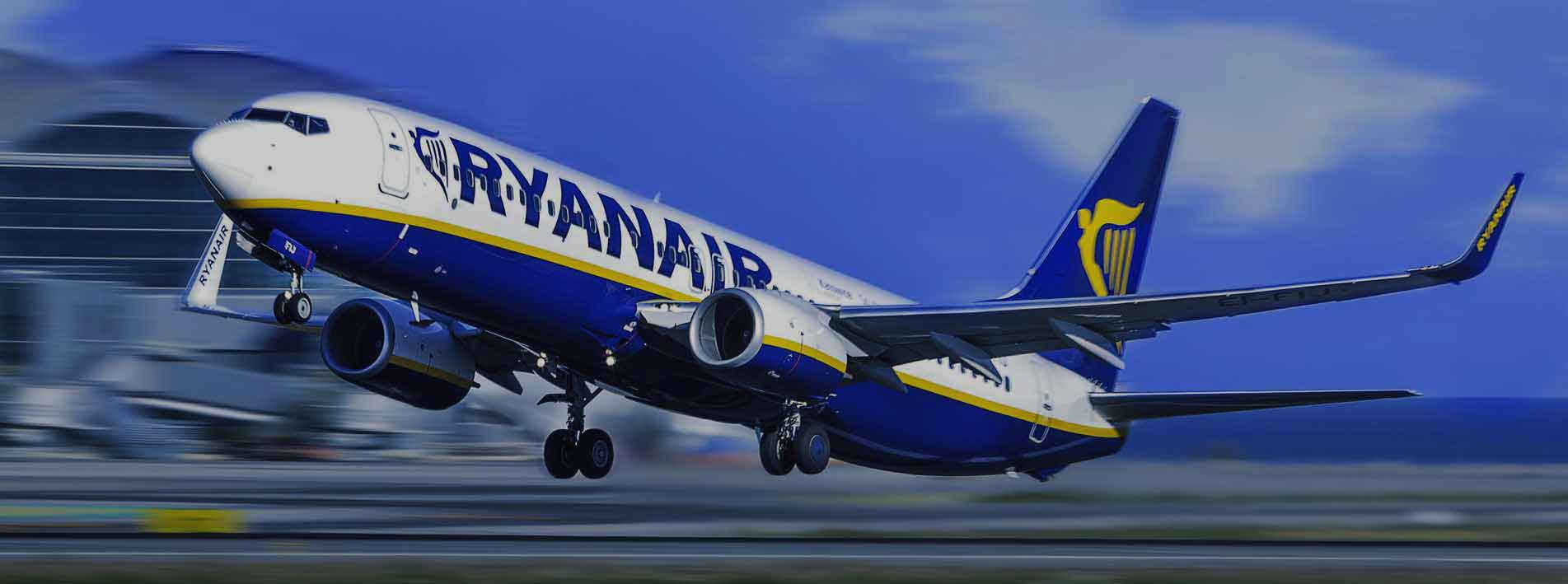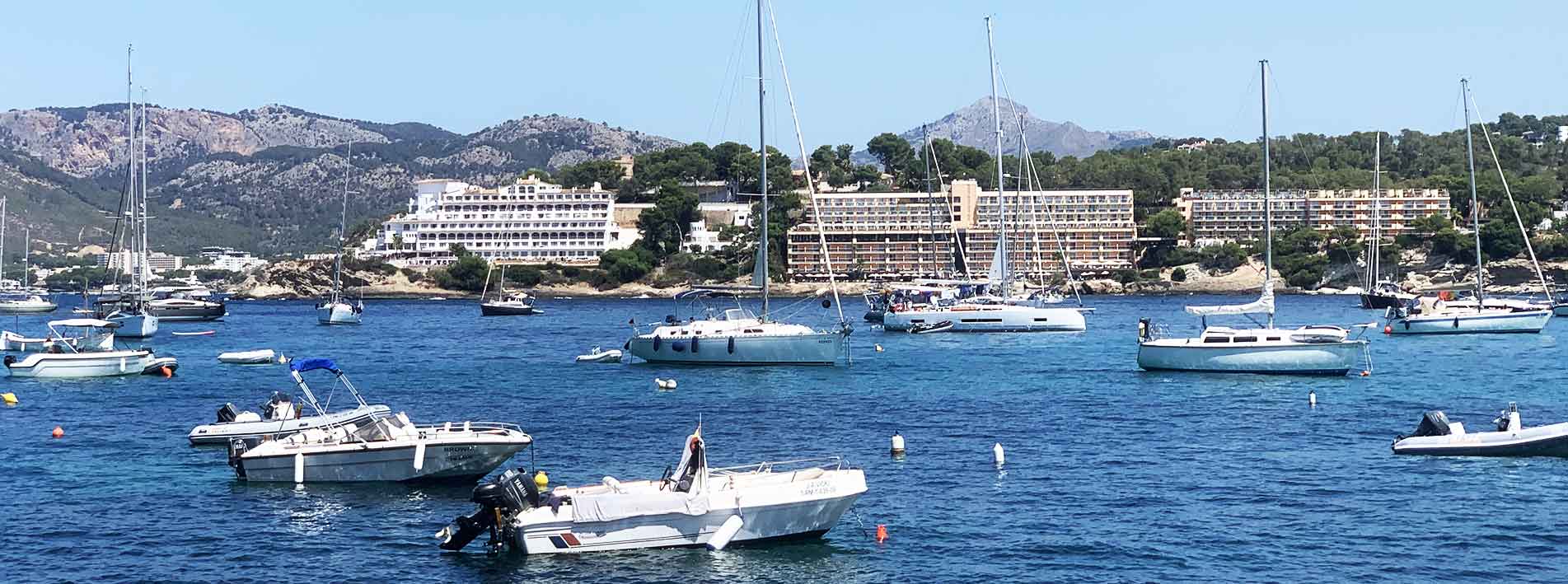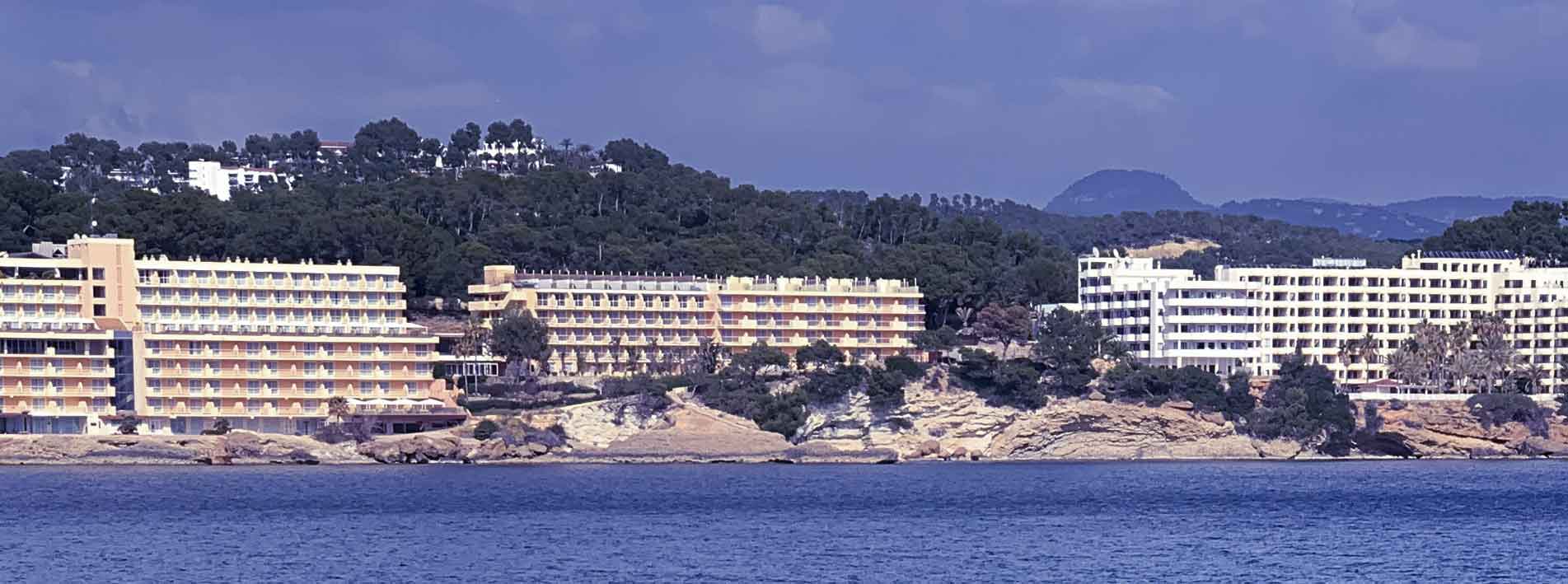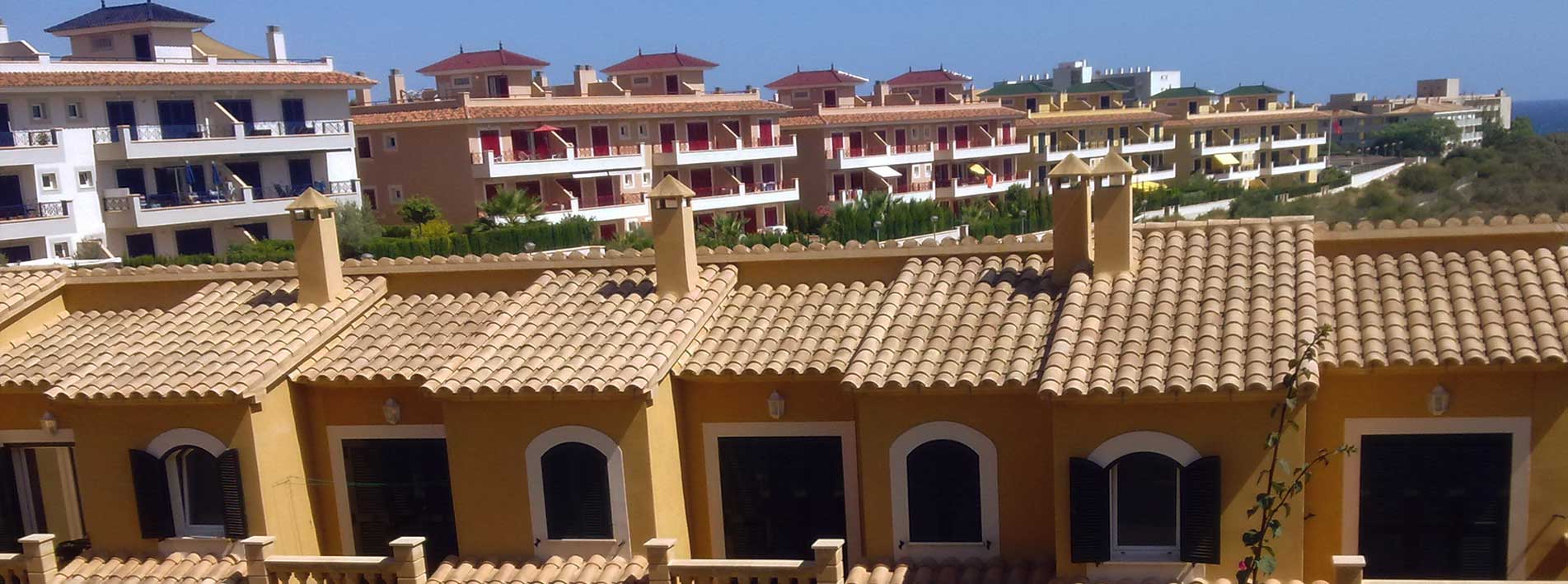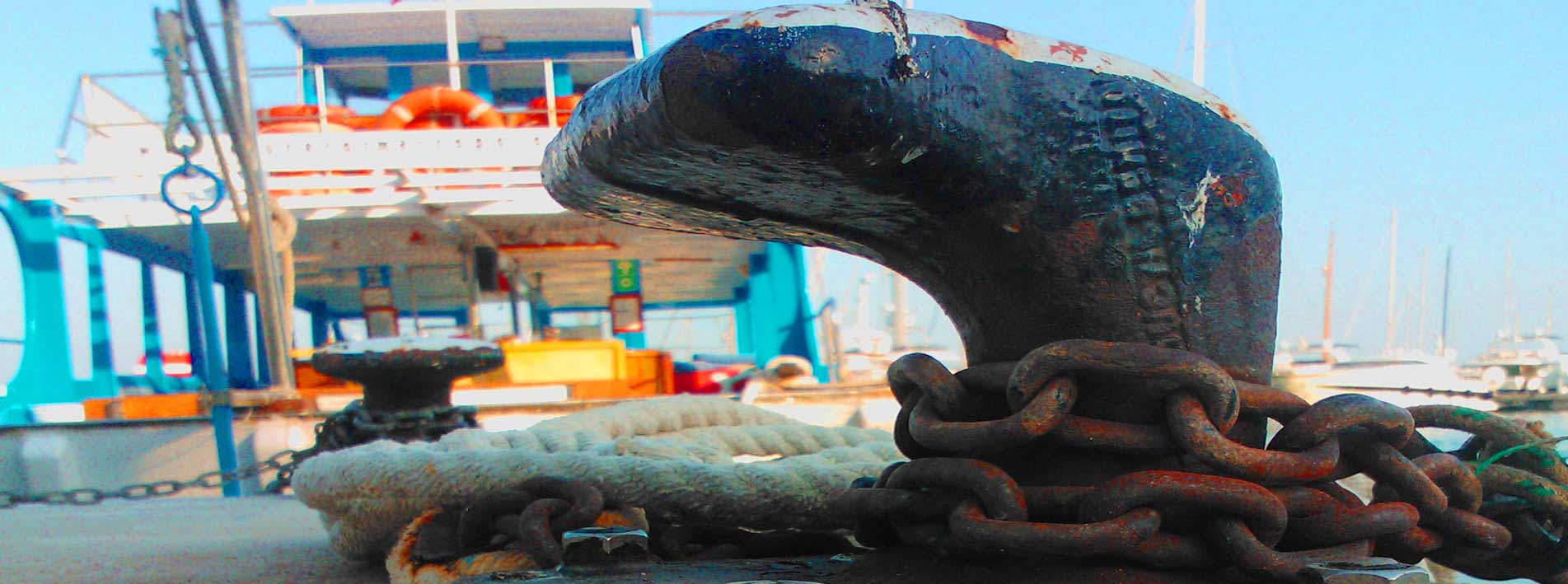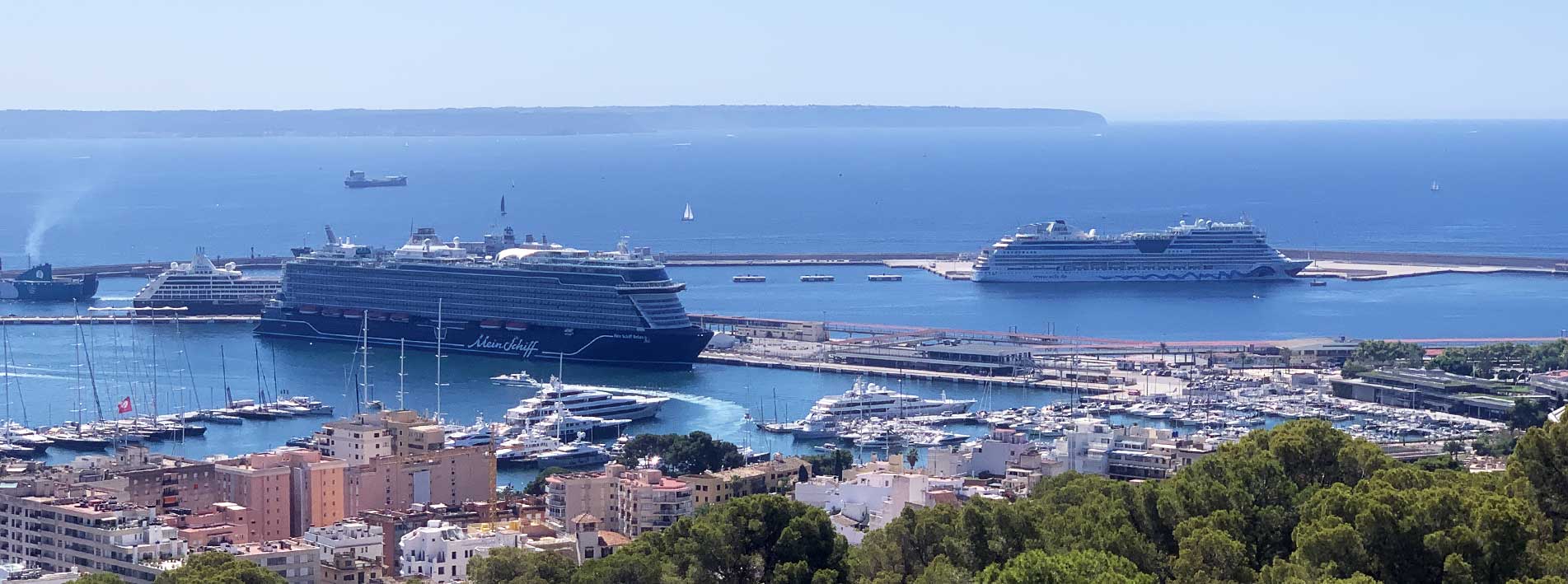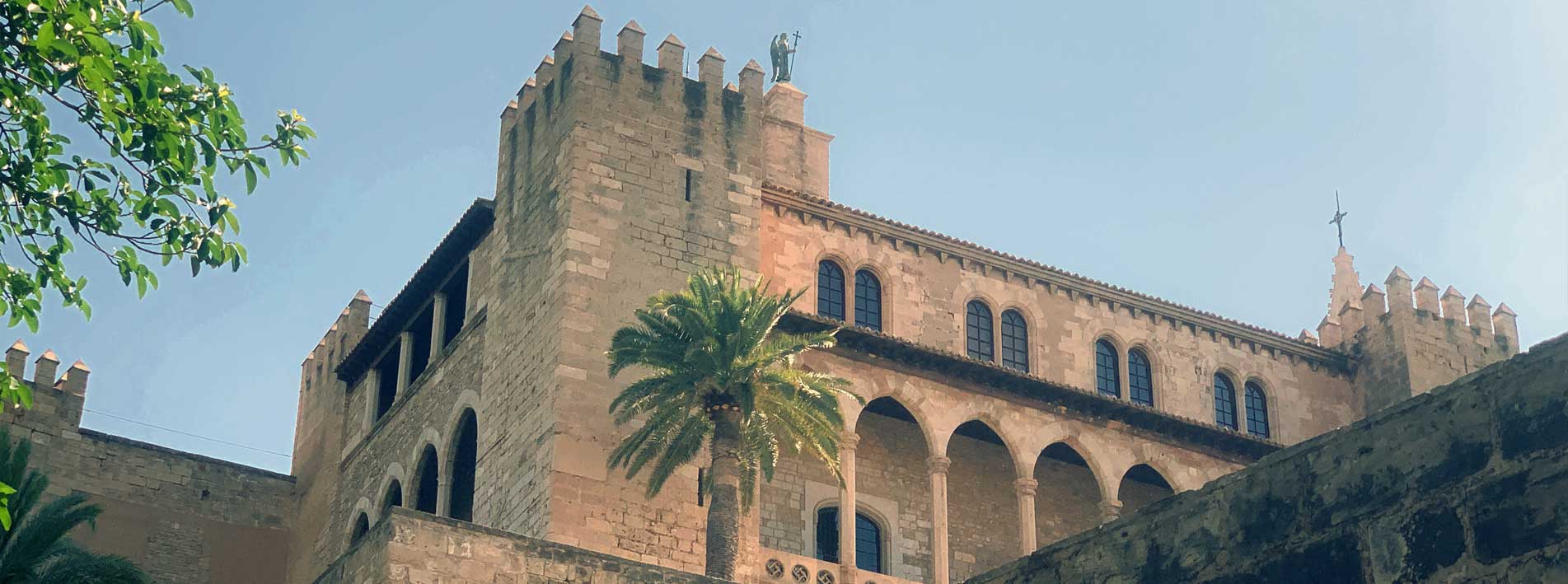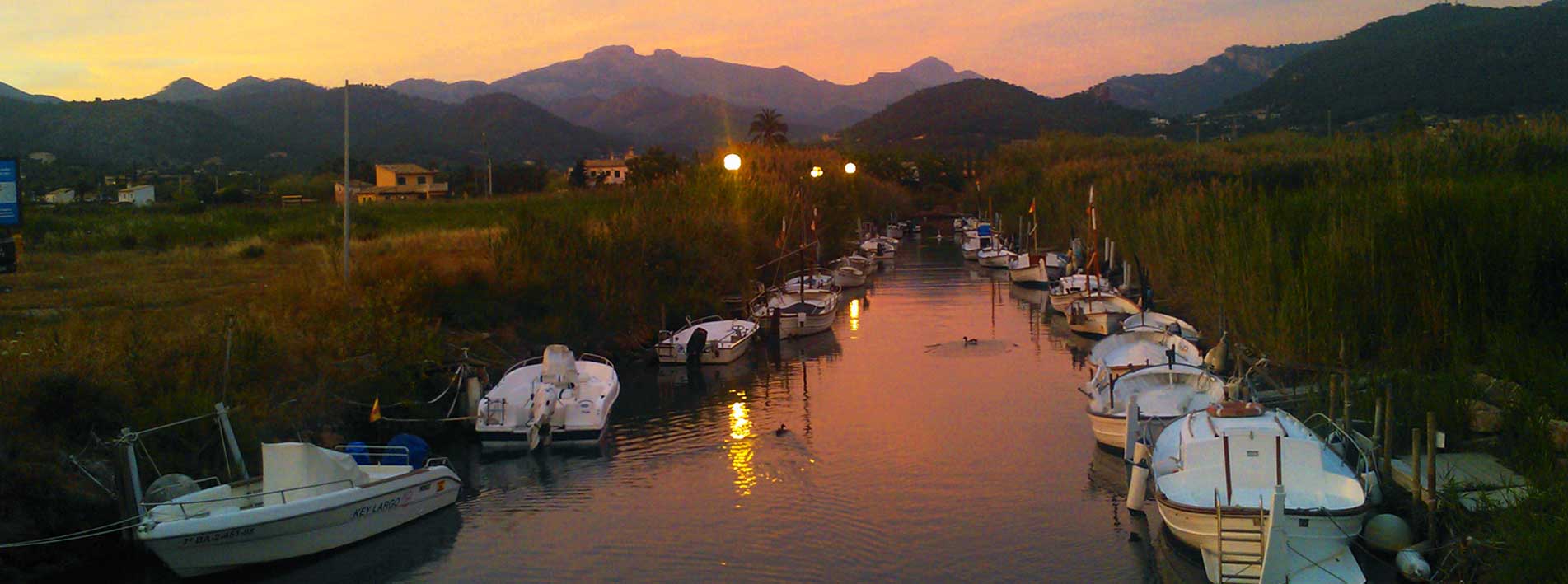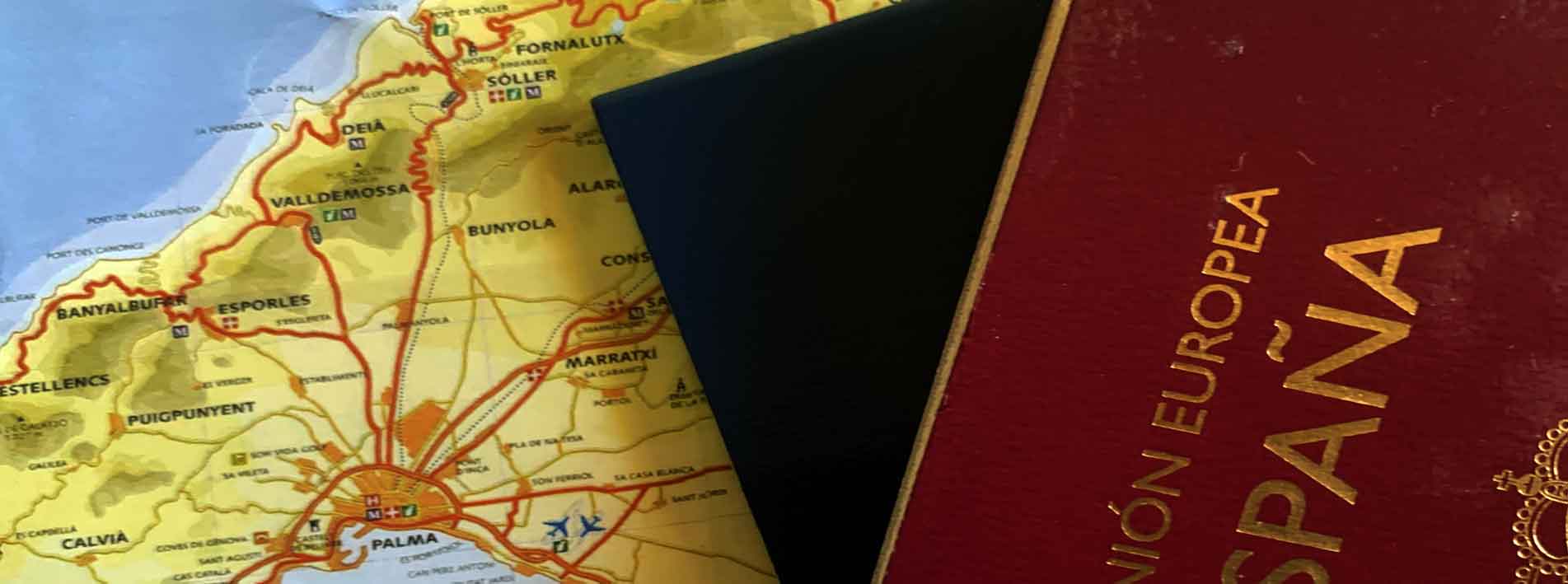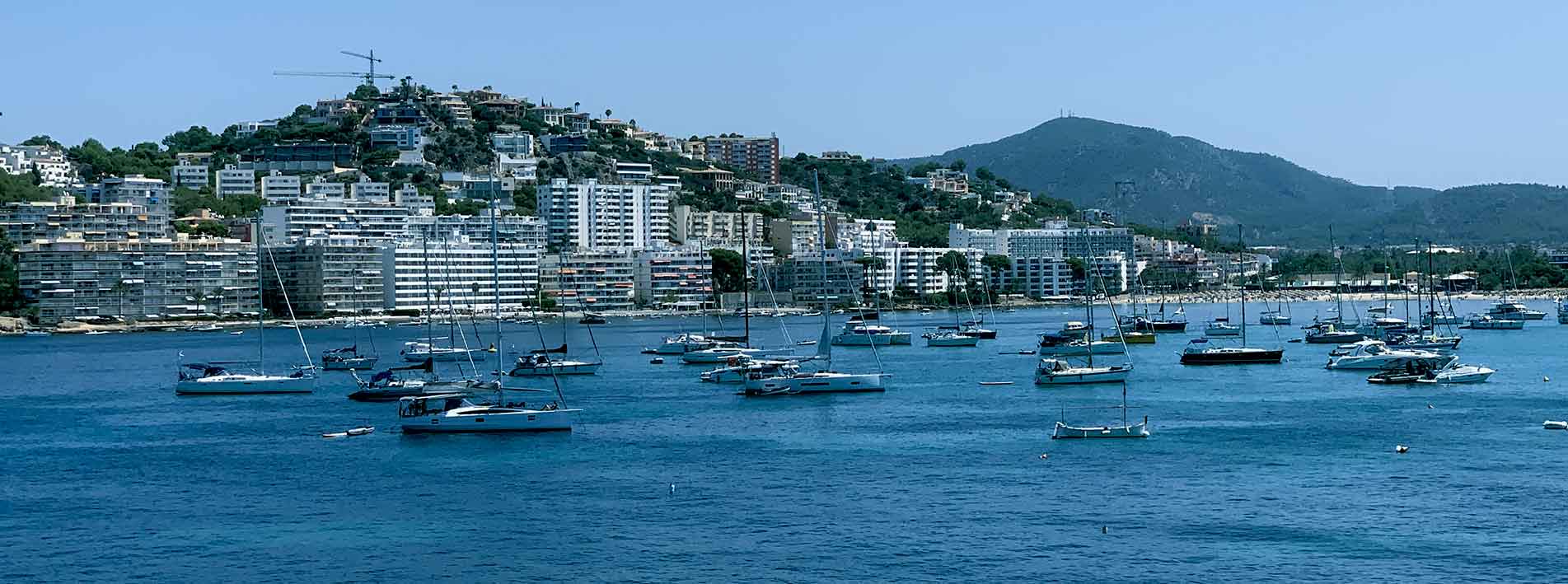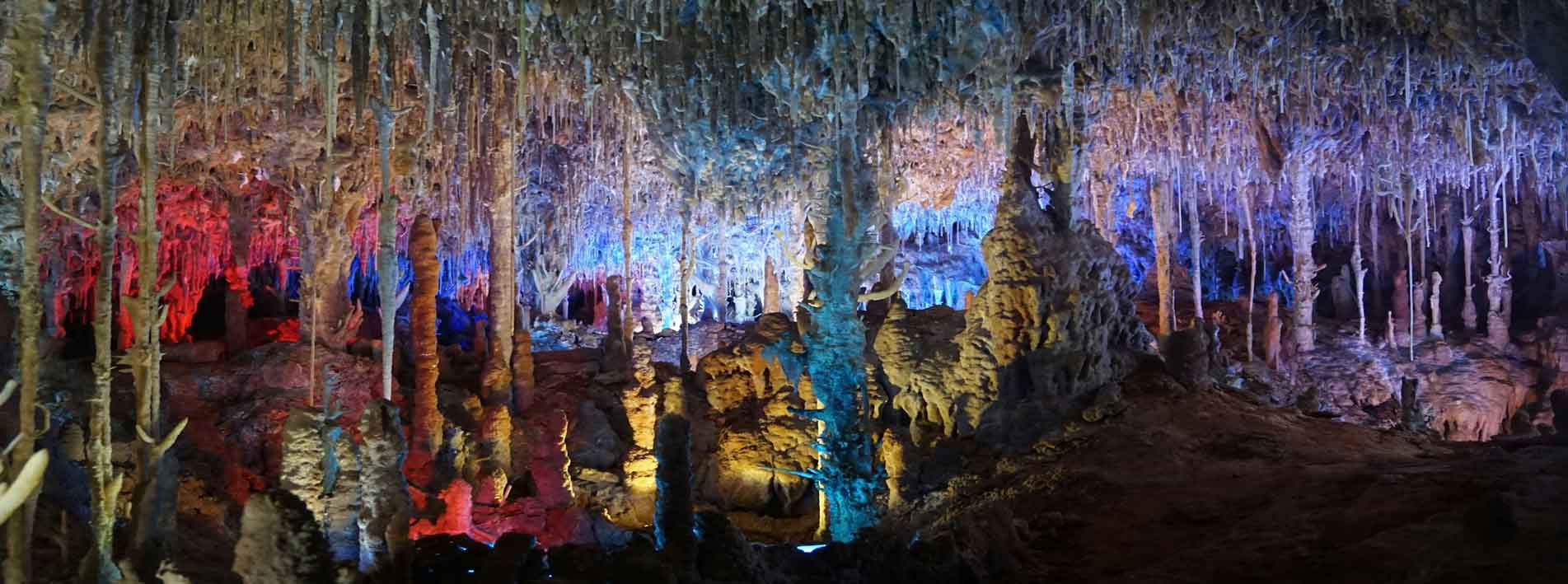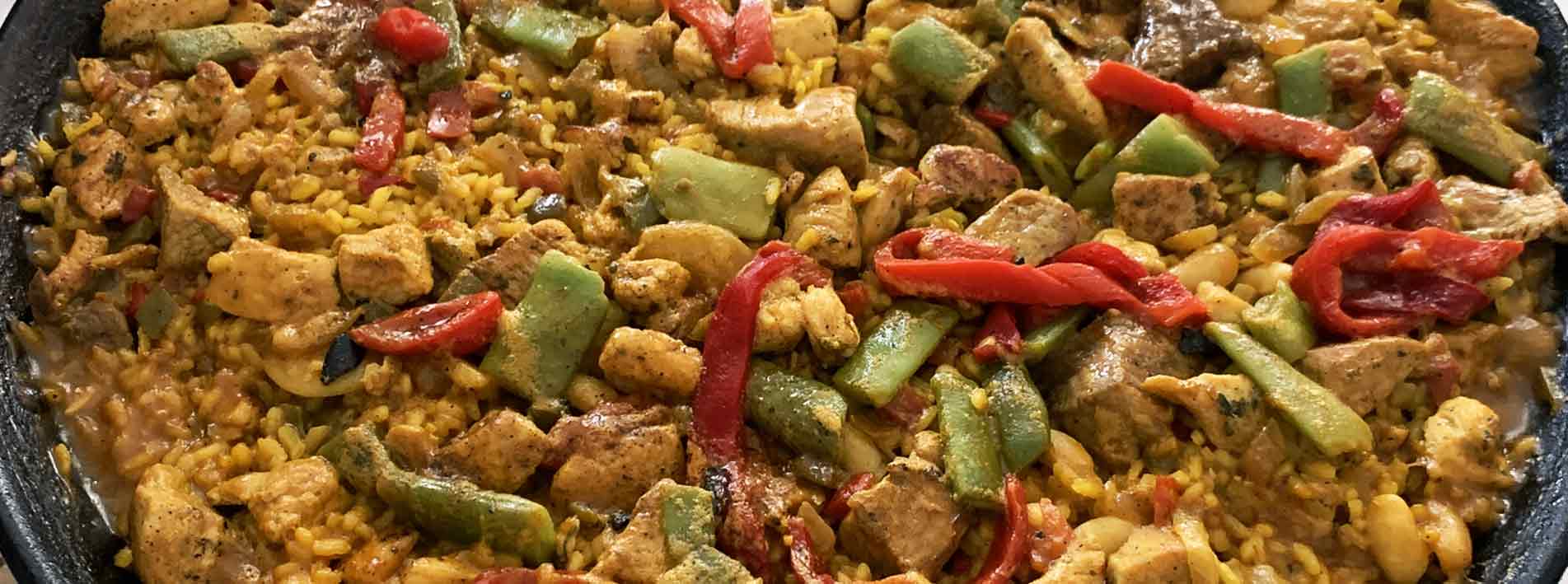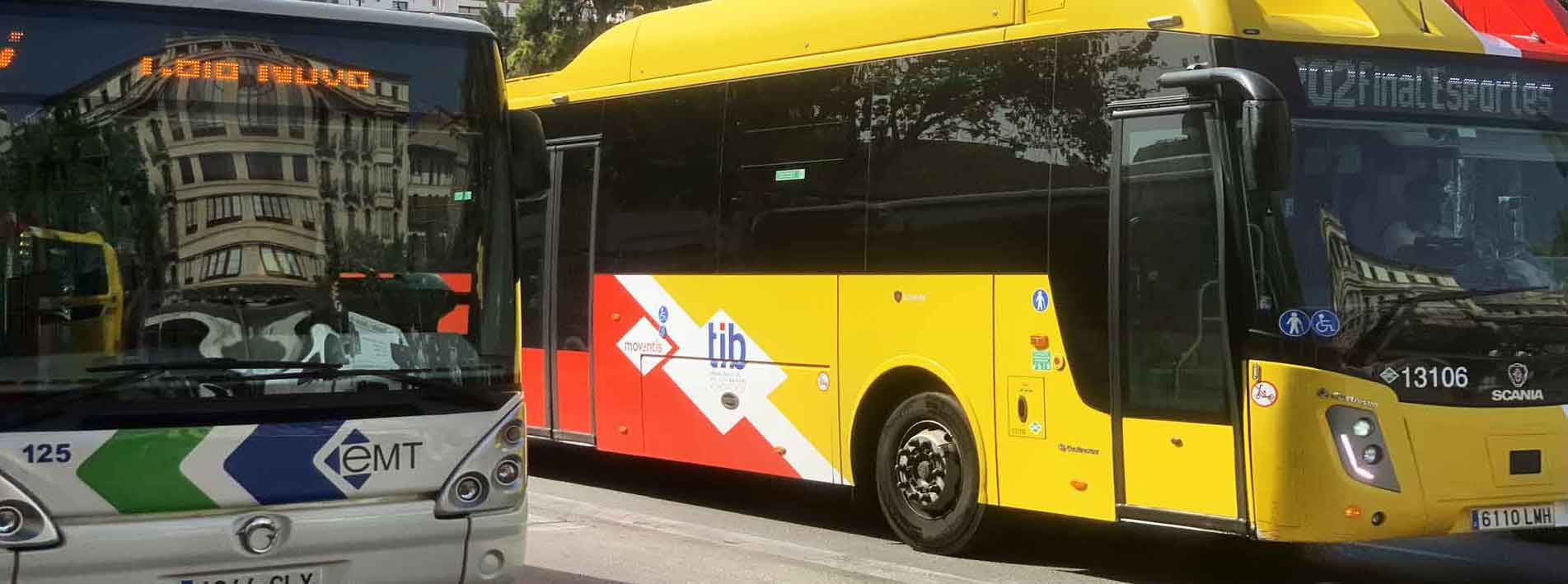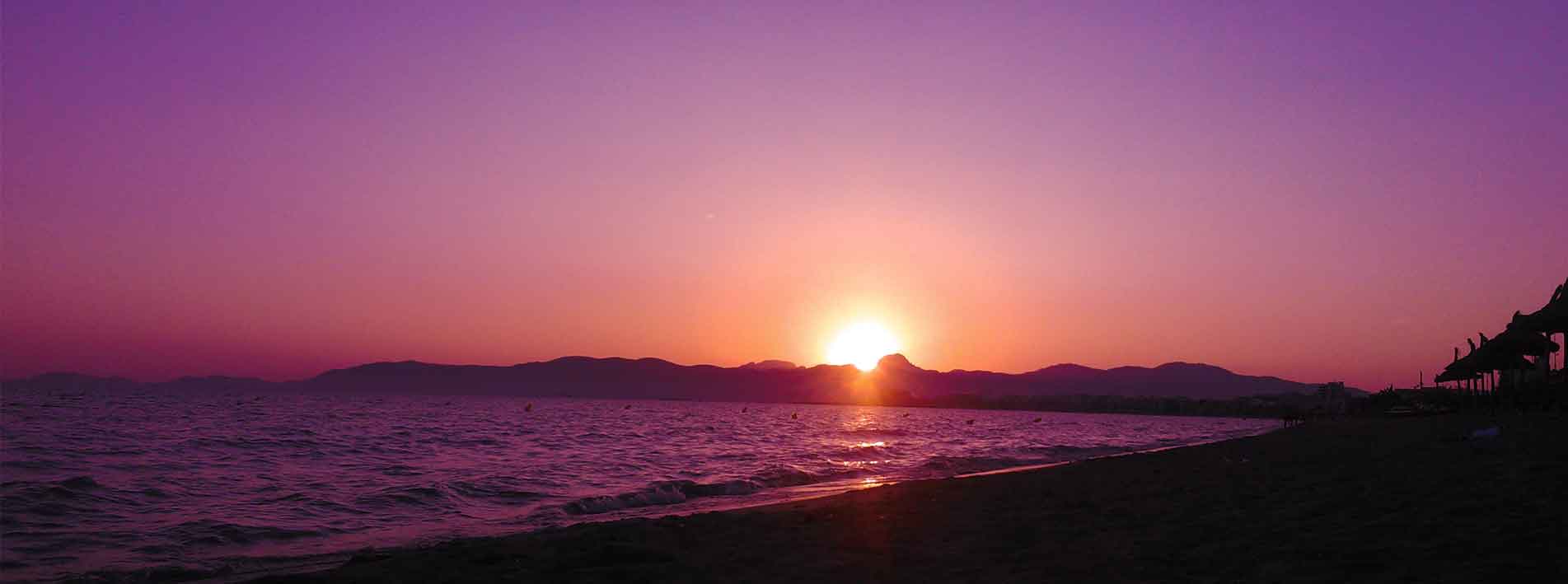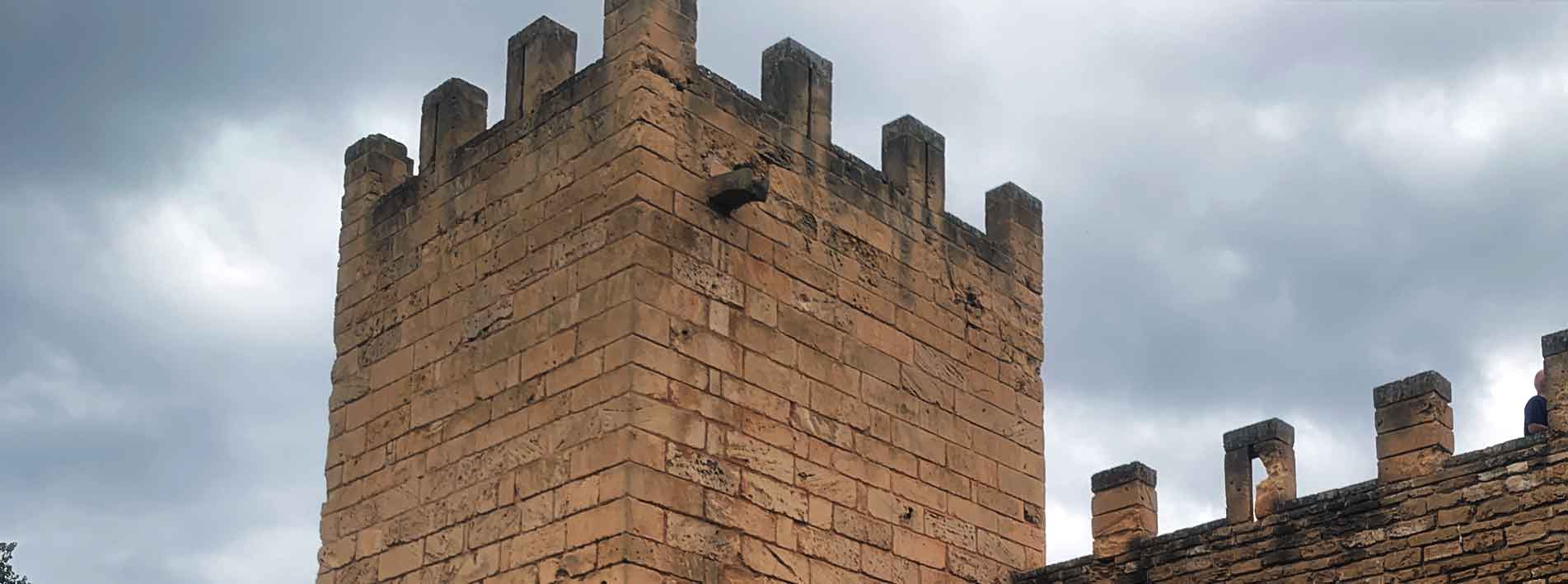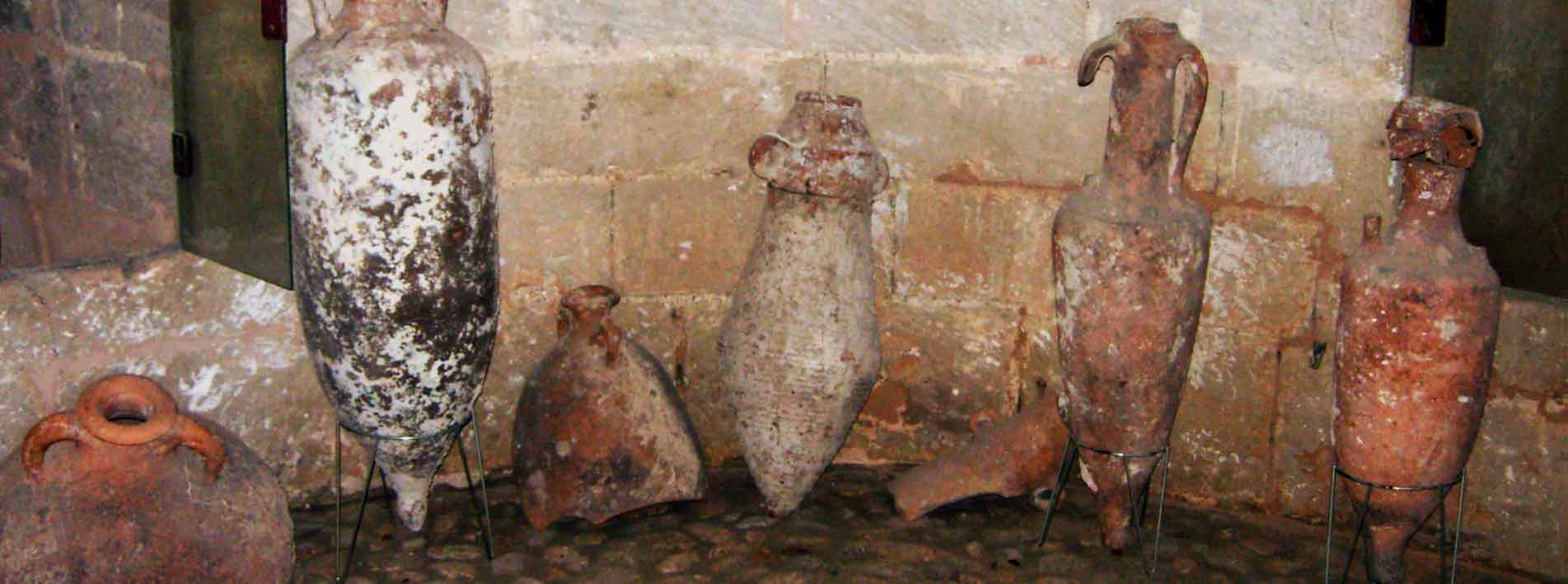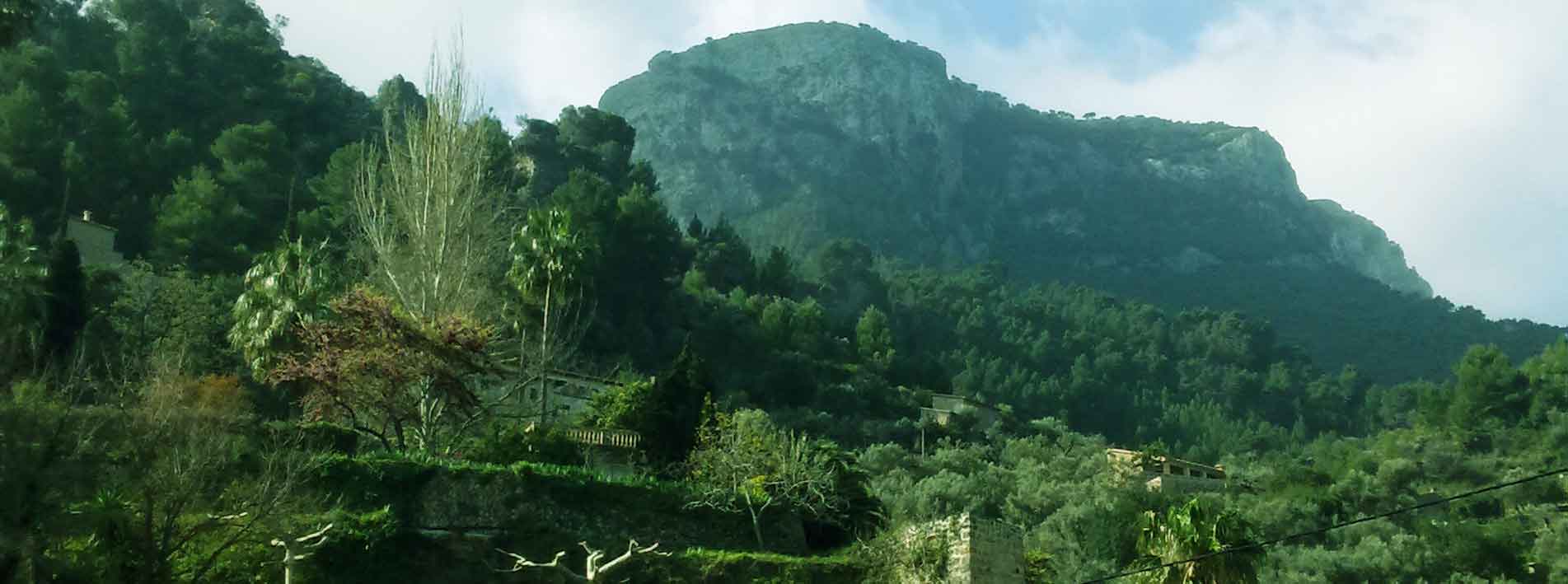Sóller
Sóller, in the heart of the Sóller Valley or “Valley of the Orange Trees,” has a rich history marked by its geographical isolation and its subsequent rebirth thanks to citrus production and the arrival of the railroad that connected the town with Palma, boosting its economic development. The town of Sóller has a rich history dating back thousands of years. From the pre-Talayotic period to the present day, it has been inhabited by different cultures, leaving their mark on its architecture, customs and traditions.
Location of Sóller
Sóller is located on the northwest of Mallorca, nestled in a valley in the Serra de Tramuntana comarque or region, about 3 kilometers from its port, Port de Sóller and borders the municipalities of Deià, Fornalutx, Bunyola and Escorca.
Toponymy of Sóller
The name “Sóller” is believed to come from Muslim culture, which called it Sûlyâr, meaning “valley of gold” or “valley of treasures” in Arabic. This name was given to the area because of the agricultural wealth of the valley, especially its orange trees and not because of the lignite, although this was mined in the area and stored in the valley.
The Importance of Citrus Fruits in Sóller
Sóller is known for its famous oranges, which have been grown in the region for over 700 years. The Sóller Valley is one of Mallorca’s largest orange producers. Orange cultivation has helped to solidify Sóller’s history and identity. In fact, citrus fruits remain an important part of its economy today.
The Sóller Valley, known as the “golden valley,” has overcome water shortages by creating irrigation systems and canals that have generated a water culture that remains very much alive in the region.
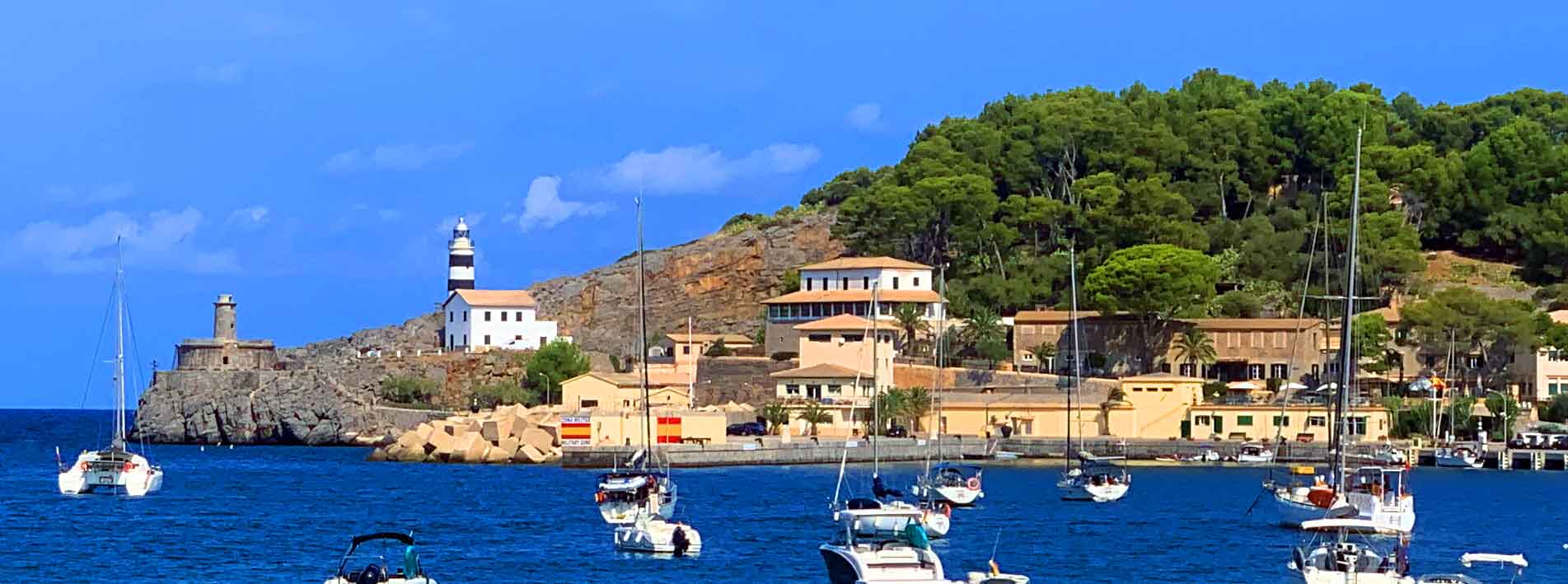 Historical evolution of Sóller
Historical evolution of Sóller
The historical evolution of the town of Sóller has been marked by its geographical location, its agriculture and its relationship with the outside world. In the past, Sóller was an important commercial center thanks to citrus fruits and the textile industry. The arrival of modernism at the end of the 19th century and the subsequent railway connecting the town with Palma de Mallorca boosted its development and brought it remarkable prosperity.
Antiquity: The history of Sóller dates back to ancient times, with findings dating back at least 7 millennia: Remains from the Talayotic period and findings in the cave of San Matja (such as a bone dating back some 7,000 years) demonstrate the antiquity of the occupation of the site.
Catalan conquest (13th century): Sóller was one of the last places to be occupied by the Catalans and was assigned to two nobles during the Middle Ages as part of the division of the island of Mallorca following the Catalan conquest in 1229. King James I of Aragon distributed the island among his knights and Sóller and its valley were granted to two nobles from the Pyrenees.
16th century: In the 16th century, Sóller, located on the northwest coast of Mallorca, suffered attacks from Barbary pirates, leading to the construction of a network of watchtowers, including the Chopped Tower, to protect against future incursions. In this context, the festival of Es Firó, which commemorates an attempted pirate invasion in 1561, has its roots in this century, reflecting the importance of coastal defense for Sóller.
19th century: The citrus and olive trade, as well as the textile industry, boosted the local economy and Sóller became an important commercial center, which had its heyday after the Civil War. Thus, the Sóller valley became famous mainly for the production and export of oranges to France from Port de Sóller during the revolution.
20th century: The inauguration of the train in 1912 connected Sóller with Palma and opened the doors to trade and economic development for the town.
21st century: Sóller remains an iconic place in Mallorca and a popular tourist destination, known for its citrus fruits, modernist architecture and rich history.
Geographical isolation of Sóller
The historical evolution of the town of Sóller has been marked by its geographical location, its rich agriculture and the influence of migratory movements that brought modernism to the town. The town, located in a valley surrounded by mountains, was isolated from the rest of the island due to its difficult access, which in turn allowed it to develop its own identity.
This geographical isolation of Sóller prompted the emigration of its inhabitants to countries such as France and upon their return, the emigrants were imbued with modernist ideas. Modernism, brought by the emigrants who returned to Sóller, influenced the architecture and many other aspects of life in the town.
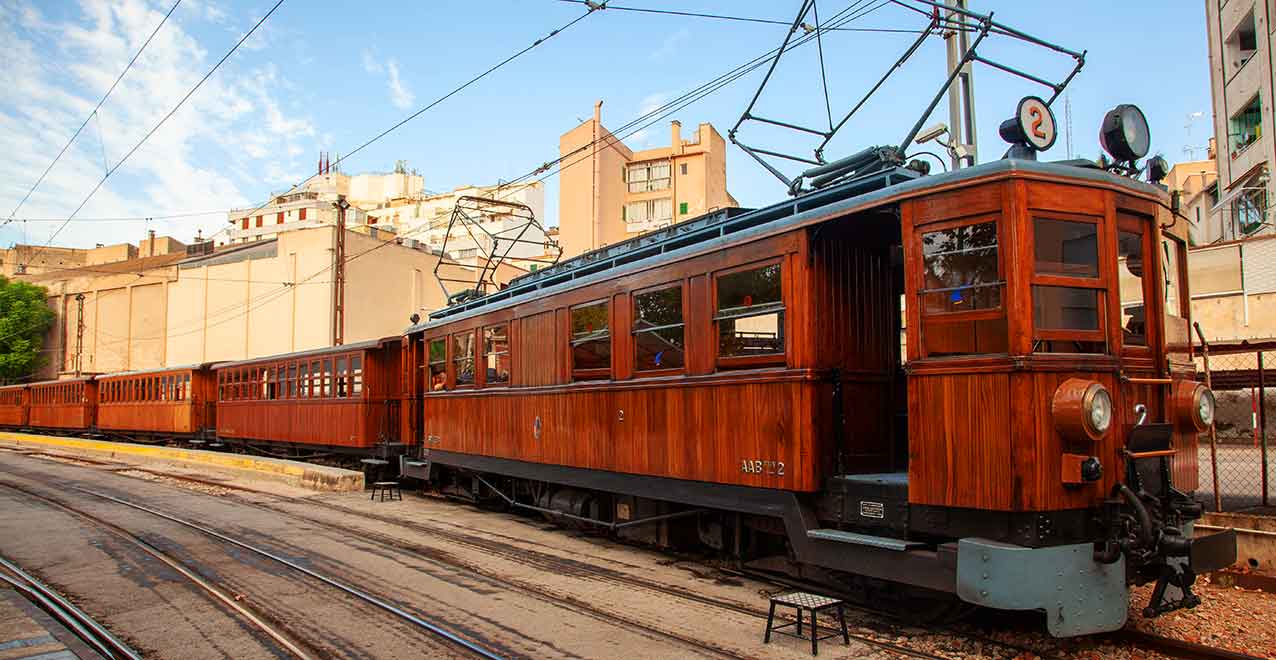 The Train and the Development of Sóller
The Train and the Development of Sóller
The arrival of the railway at the end of the 19th century was a turning point for Sóller. The railway line facilitated communication with Palma, leading to the beginning of its economic prosperity and its notoriety as an important Mallorcan town. Today, the Sóller train is a tourist attraction in itself, offering a panoramic journey through its rich history and important culture.
Popular Festivals and Traditions
The town of Sóller is known for its festivals, fairs and markets. Among the most notable are the patron saint festivities of Sant Bartomeu in August, the Fira i Firó, which commemorates the victory over the Turkish pirates and the Fira de la Taronja, which celebrates the local orange production. In addition, every Saturday there is a popular market in the city center.
Sant Bartomeu Festival: Held around August 24, with cultural and sporting activities, dances, concerts and exhibitions, culminating in the “Nit del foc” (Night of Fire).
Fira i Firó: Held on the Monday after the second Sunday in May, commemorating the battle between the Moors and Christians in 1561. It includes a reenactment of the pirate landing, the battle in the streets and the victory of the defenders of Sóller.
Fira de la Taronja: Held in late May or early April, highlighting local cuisine with dishes and desserts made with oranges and a market selling citrus products.
Weekly market: Held every Saturday in the center of Sóller, from Plaza de Sa Constitució to Plaza des Mercat and adjacent streets, with a wide variety of local products and crafts.
Puerto de Sóller Market: Held on Thursday mornings in the port.
Sóller also celebrates festivals in honor of San Antonio, San Sebastián, San Juan, San Pedro and the festivals of L’Horta and Biniaraix, among others. In short, Sóller offers a rich array of festivals, fairs and markets that combine tradition, culture and gastronomy, making it an attractive destination for visitors from all over the island and beyond.
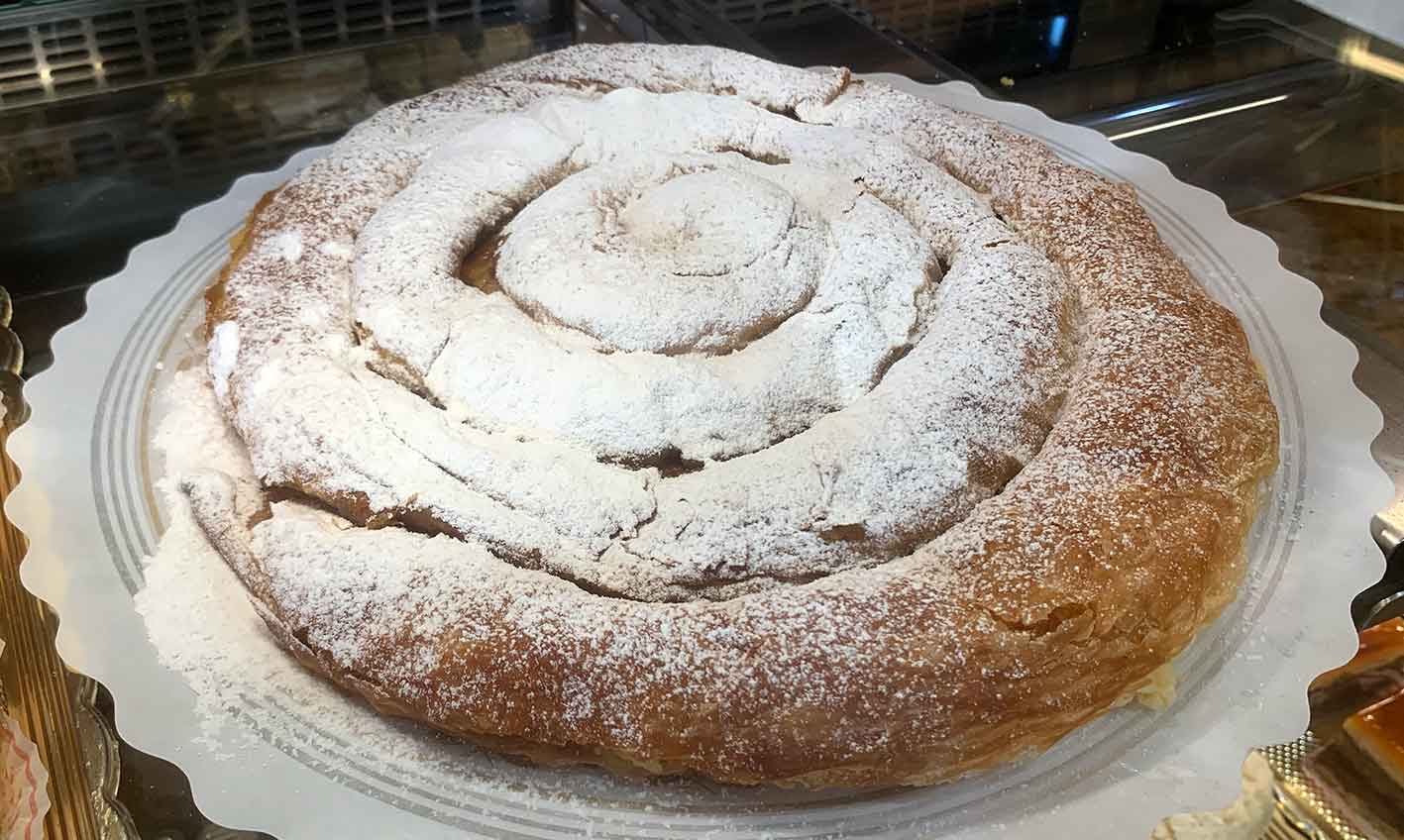 Gastronomy
Gastronomy
Sóller’s cuisine is renowned for its fresh, local ingredients, such as oranges, olive oil and seafood. Some of its typical dishes include:
Sóller-style fried eggs: A dish with vegetable purée, sobrasada and fried eggs, combining sweet and savory flavors.
Sóller red prawns: A highly prized crustacean, ideal for enjoying in restaurants by the sea.
Sobrasada: A cured raw pork sausage with salt, black pepper and paprika.
Ensaïmada: A traditional Mallorcan sweet made with sugared and fermented dough, baked with saïm (lard).
Trampó: Salad with finely chopped onion, green pepper and tomato, dressed with oil and salt.
Mallorcan soups: Dry dishes based on vegetables, spring onions, garlic, vine tomatoes, spinach, cauliflower, peas, artichokes, cabbage and country bread.
Sóller oranges: An emblematic product of the area, used in various recipes and drinks.
Olive oil: High quality, used in local cuisine and also for consumption raw.
Ice cream: A popular dessert option, with local flavors such as orange.
Artisan sausages: Such as sobrasada, botifarrons and pork pâté.
Mallorcan pastries: Including ensaimadas, gató (almond cake) and other delicacies.
Recommendations
There are many things to see and do in Sóller and much to see and do in Port de Sóller, two beautiful towns in Mallorca. We suggest exploring Port de Sóller and enjoying its seafront restaurants; visiting the Weekly Market to buy fresh, local produce; trying local specialties, such as red shrimp, sobrasada and ensaimada… and taking advantage of the restaurant offerings serving international and traditional cuisine to enhance your dining experience.
Stroll through the Constitution Square, the heart of Sóller. Visit the Church of San Bartolomé. See the Banc of Sóller, a symbol of splendor. Explore the Carrer de Sa Lluna, with its history. Visit Can Prunera. Discover the Picasso and Miró Room. Enjoy the celebration of “Es Firó” (Moors and Christians) in May…among many other attractions.
And that’s it for this brief guide to Sóller, Mallorca. We hope it helps.
By the way: Are you coming to Mallorca on a tourist trip? If you find it helpful, you can also check out our travel guide to Mallorca and more tourist information about the island

